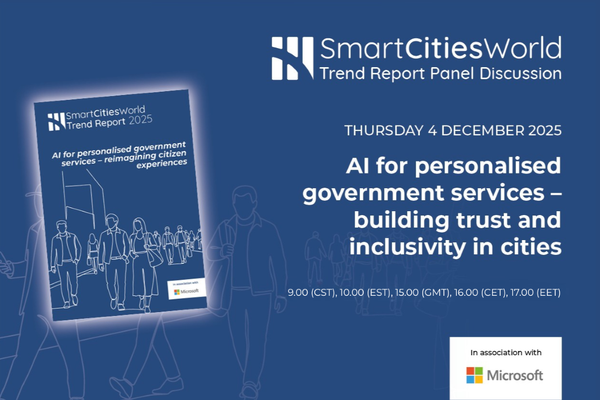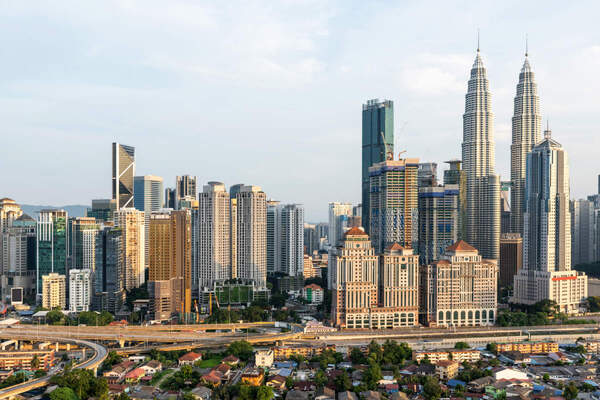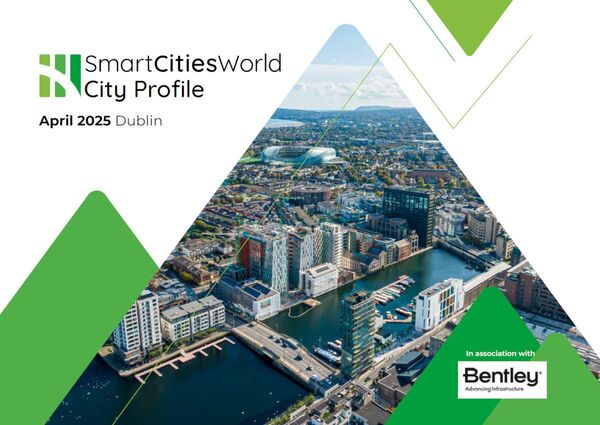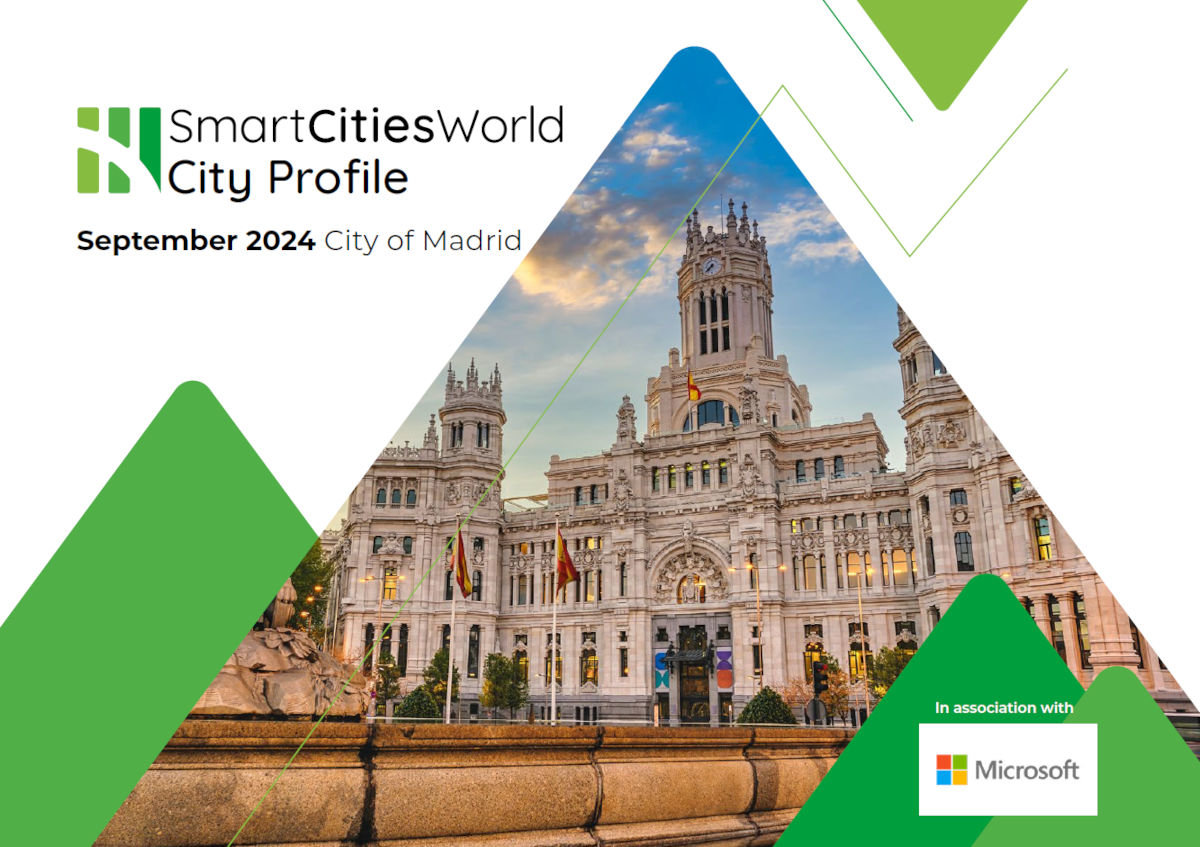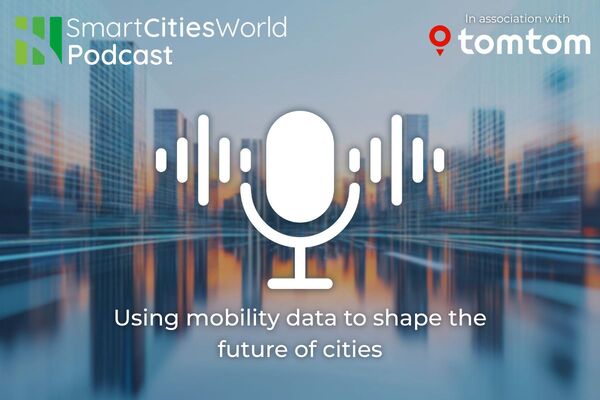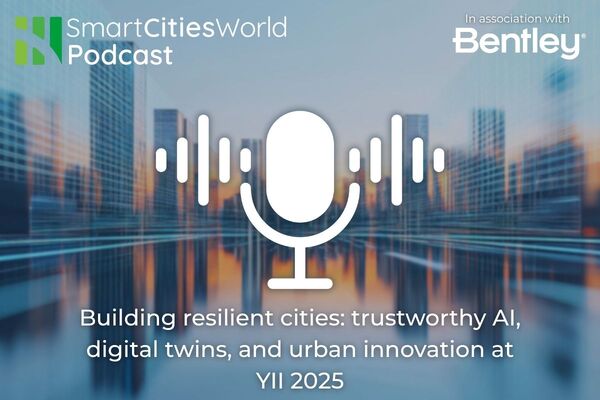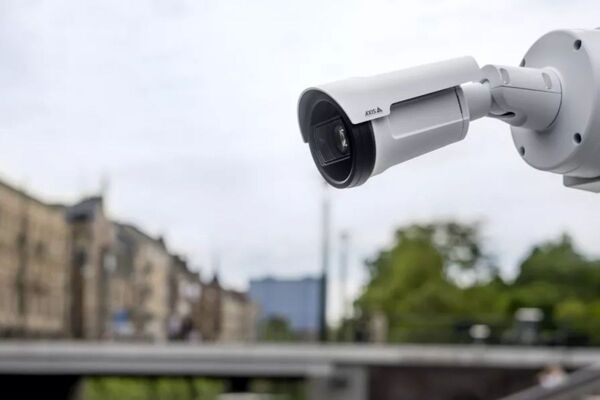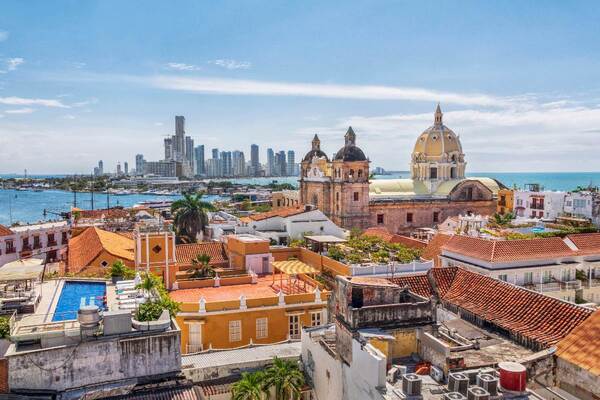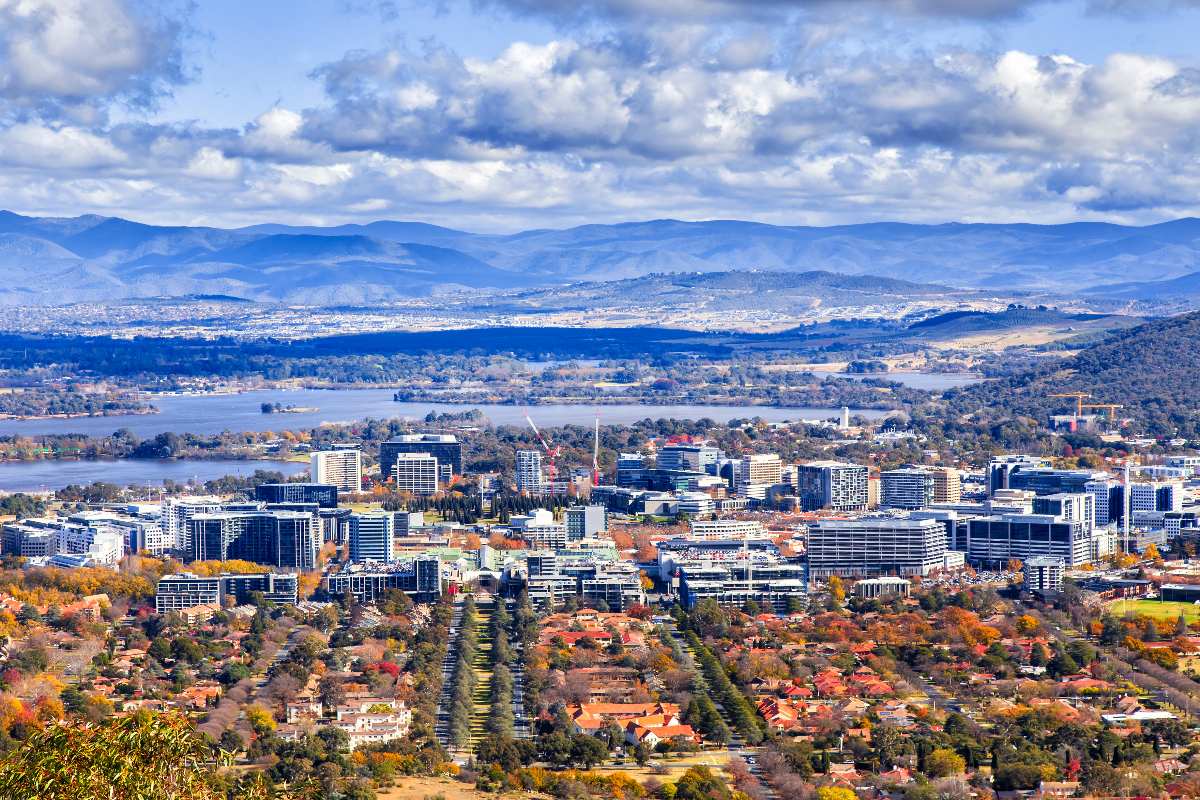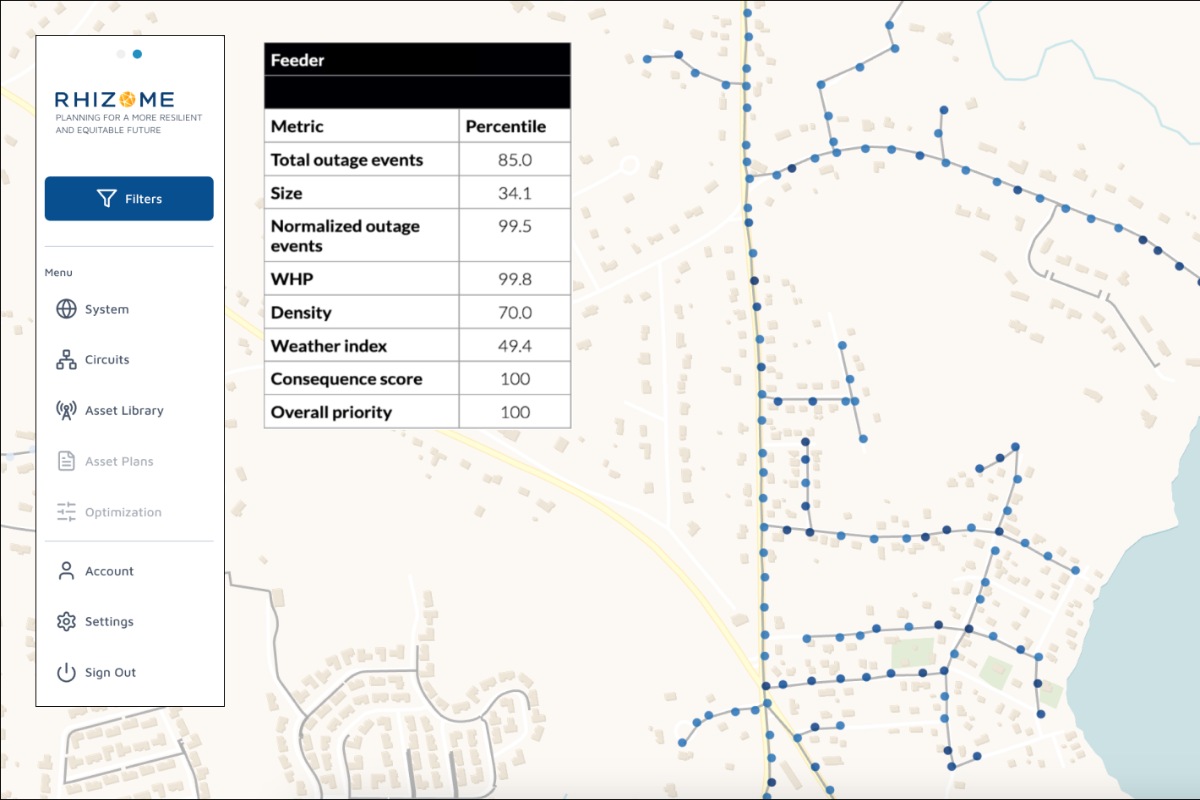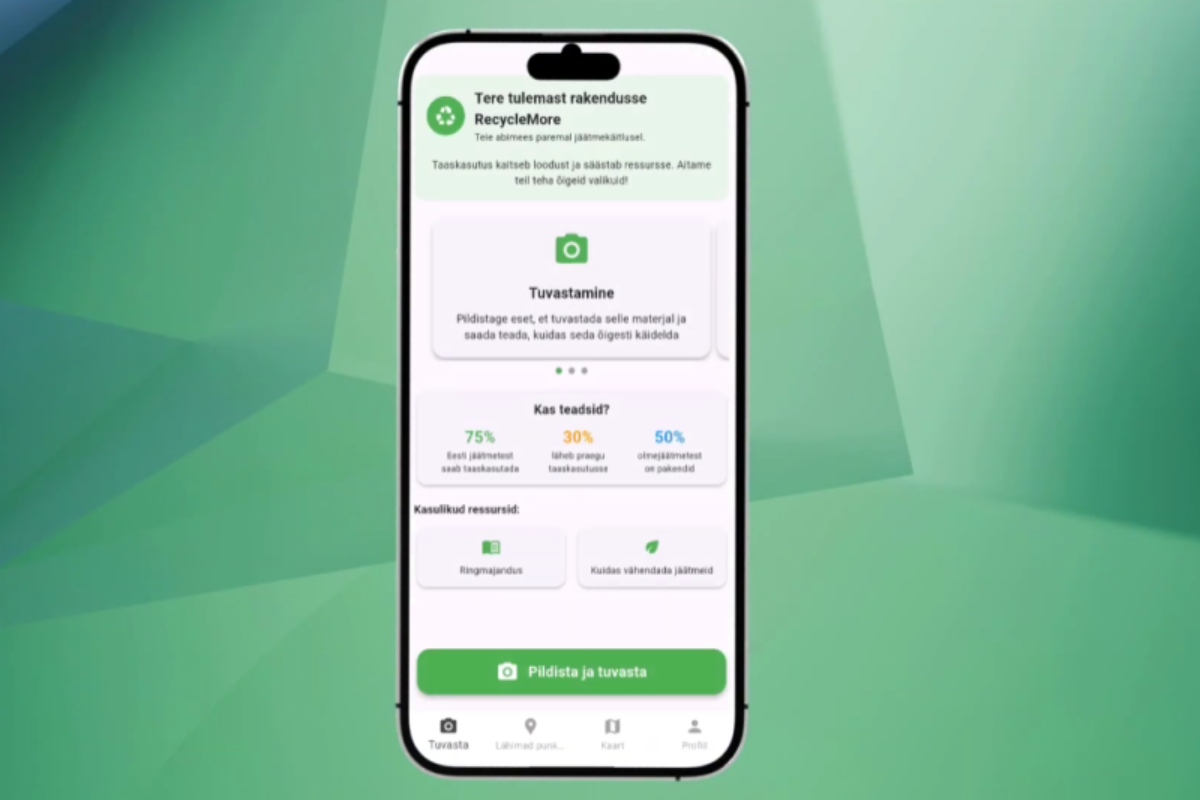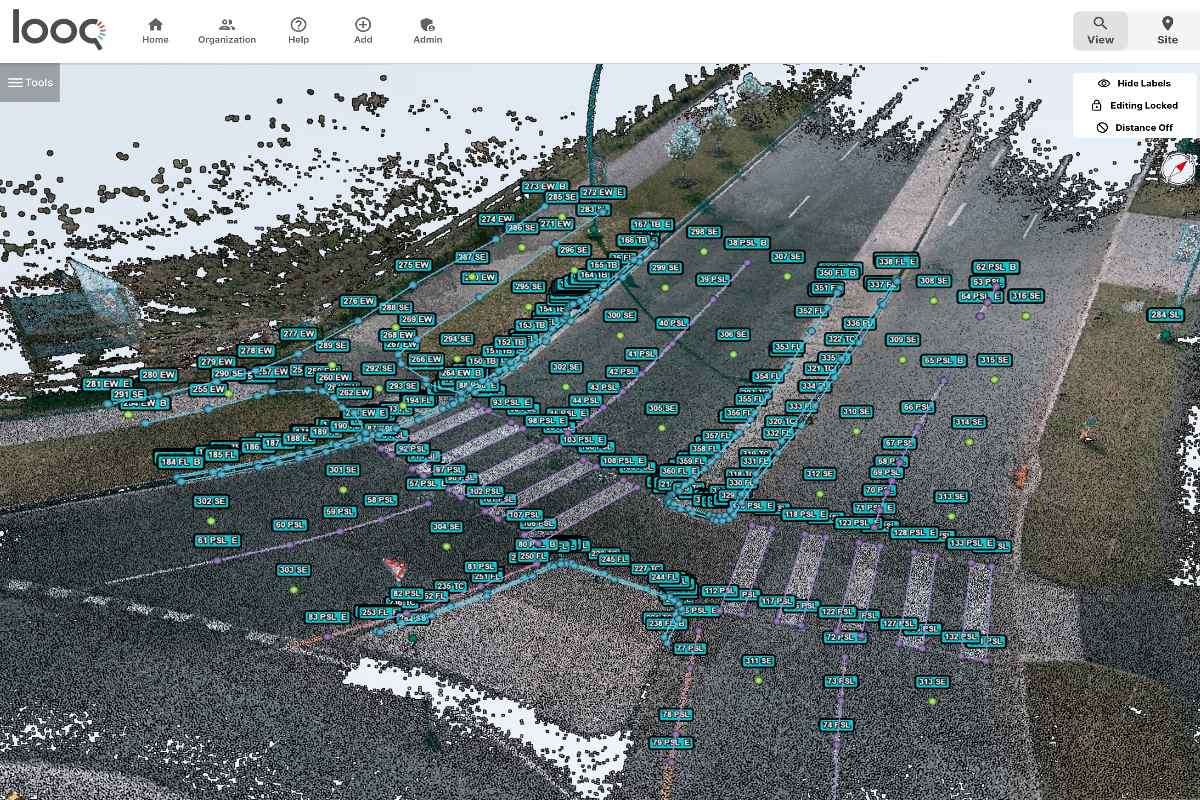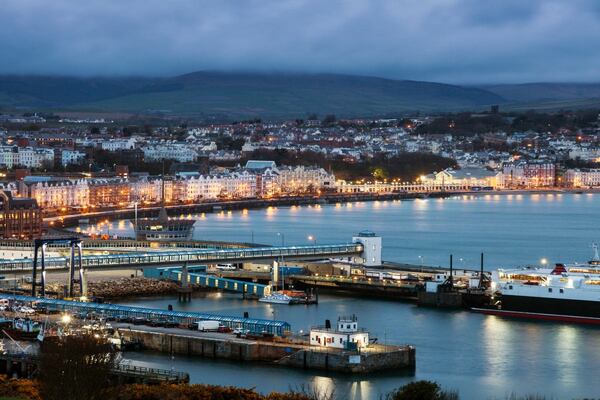Podcasts
Podcast: Using mobility data to shape the future of citiesSponsored by TomTom
Podcast: Building resilient cities: trustworthy AI, digital twins, and urban innovation at YII 2025Sponsored by Bentley Systems
Opinions
Beyond video: how cameras as IoT sensors are changing city safety operationsSponsored by Axis Communications
Building smarter cities: scaling sustainability and efficiency with smart city platformsSponsored by ST Engineering
Using the fourth space to help cities cope with Covid-19
At SmartCitiesWorld’s inaugural advisory board meeting, Jeff Risom, chief innovation officer at Gehl Architects, explored how the public realm might be managed in the post-pandemic era.

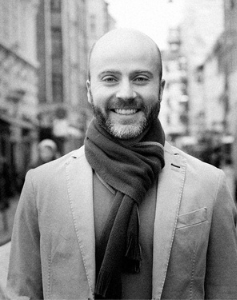
It is a stark reminder of the impact of the global pandemic that office space capacity in 10 of the largest cities in the US only sits at 25 per cent capacity.
Delivering this and other insights to the inaugural SmartCitiesWorld advisory board meeting, Jeff Risom, chief innovation officer at Gehl Architects, highlighted why cities are unlikely to go back to being as we once knew them and presented the opportunities as well as challenges this could bring.
People-first urban design
Gehl Architects has steered “people-first” urban design and strategy projects in cities around the world and its work is underpinned by science and data. Risom, based in Copenhagen, himself combines expertise in architectural engineering and social science and seeks to deliver projects that are economically viable and socially equitable, as well as sustainable.
“We’ve collected a lot of data and information about how people use urban environments in many different contexts including warm and cold climates and megacities and small towns. The collection of data is really key for us," he explains. "We constantly have this fight around the semantics of smart cities, which is oftentimes associated with big data, and IoT and the ability to measure things. What we try to do is connect large datasets.”
“We need to think about how we can combine EV infrastructure with other mobility investments to truly make the city more accessible, rather than just clogging it with green vehicles”
Risom points to the example of how air pollution data collected in Copenhagen by the Google environmental insights team, combined with Gehl’s own ‘thick’ data, can be put to use. This data focused on where people spend time, their age and gender and even down to whether they were sitting, standing or talking,
“The combination of these two datasets gives us actionable insights into where are the places in Copenhagen where air quality is the worst and the most children are exposed to it? Or where are the places in the city with the best air quality so we can invite more people to spend time there.”
The fourth space
There are still many unknowns on the horizon as cities continue to tackle the global pandemic, but what is certain is that it has brought major changes to how we live, work, travel and socialise that will remain the norm for the foreseeable future. And one of the clear knowns is that working from home will increase and that will impact the future of work.
Risom reckons this shift raises the question about whether cities need to create a “fourth space”, requiring us to rethink and reimagine what work might be like.
“Some sort of fourth space that is different from homework or a café: maybe a cross-company hybrid space that is located more closely to where we live?”
“Traditionally people have talked about work, home and these third places that have come up, such as cafes or informal working areas but might we need a hybrid between those?” he says. “Some sort of fourth space that is different from homework or a café: maybe a cross-company hybrid space that is located more closely to where we live and which responds to local community demands?”
With the pandemic causing people to spend more time in their local neighbourhood, many have been introduced to new public spaces. Risom also underlines the renewed importance this places on the amenities and destinations in people’s localities. Gehl’s research shows that during lockdown local meeting places thrived in many Danish cities and they continue to do so. Similarly, use of outdoor spaces for exercise and play boomed in some areas.
“It marked the revival of high streets or neighbourhood pocket parks, so the question is how might we ensure everyone has access to recreational green spaces and quality places that they can spend time in close to home so new sorts of life might begin to thrive in new ways in the city?
Decreased activity in city centres
Clearly, the inner cities have been hardest hit during lockdown and businesses that rely on the city commuters’ footfall have been massively impacted. Data from sensors placed in Copenhagen city centre reveals pedestrian movement is still 80 per cent below normal levels in the car-free Strøget area, for example, and two-thirds lower in the major street of Gothersgade.
Even as cities begin to open up, people are going to continue to avoid crowded and ‘monofunctional’ areas believes Risom, who contends that there is a need to move urban centres away from being purely driven by the “cafe latte culture” and reinvent them around production as well as consumption. “We need to push towards Industry 4.0 and create more opportunities to make stuff, especially in highly industrialised city centres.”
Improvements in air quality and reduction in pollution during lockdown was widely reported in cities across the world. The hope was that cities could build on these going forward by keeping congestion down and capitalising on behavioural shifts towards rises in walking and cycling and trends such as micro-mobility. As Risom highlights though, Covid-19 is also pushing people to drive more and presented data that shows private car ownership is increasing.
“We need to push towards Industry 4.0 and create more opportunities to make stuff, especially in highly industrialised city centres”
“There’s never been a better incentive, nor health reason, to be in your car,” he says. “And a lot of well-meaning policies in Denmark around promoting the purchase of electric vehicles are only exacerbating this trend. Car usage is going up sometimes by environmentalists, ironically, who are pushing for a green transition but are not necessarily thinking about congestion.”
He fears that if cities continue to promote electric vehicles (EV) and other green mobility without complementing it with investment in mobility, it will ‘paralyse’ transport networks in cities and erase the progress that’s been made over the last decade. “We need to think about how we can combine EV infrastructure with other mobility investments to truly make the city more accessible, rather than just clogging it with green vehicles,” he says.
Reinventing high streets
The demise of the high street had begun long before Covid-19 took hold but there is no doubt that it has fast-forwarded trends in e-commerce and online delivery. Risom notes that Denmark has the highest retail vacancy rates along city centre high streets in decades.
With people spending more time in local neighbourhoods, there is potential for this to revive high streets in these areas. Risom suggests there is a need to explore how that can be taken over to city centres and how we can think much more “smartly” about bricks-and-mortar retail in a way that creates experiences that cannot be fulfilled online.
“How can we bring bringing people together –whether it be around culture or other activities – as well as shopping, to make sure that local businesses and economic development still continue to thrive despite some of the shifts that we see towards e-commerce?”
“I think there’s a role to be the coordinator between some entrepreneurial ideas and then the bureaucratic blocks that are preventing cities from filling up those empty spaces”
The answer to many of the questions Risom poses may not be crystal clear yet but there is no doubt that they will come from discussion and sharing ideas between not just city leaders and planners around the world but with input from citizens and other stakeholders. When quizzed on what form the fourth space might take Risom suggests to date, ideas aren’t as contextual or creative as they could be. And when it comes to helping cities make use of empty spaces and retail vacancy there are clear stumbling blocks.
“We’ve been speaking with a few cities about how they can be much more open and flexible with zoning requirements to allow small production companies to come in and catalyse Industry 4.0 opportunities. All sorts of tools could be considered such as short-term leases, subsidised rents and temporary zoning easements,” he says.
“From what I hear, where the private sector is ready to experiment, the public sector doesn’t necessarily have the governance structure to allow it. So, I think there’s a role to be the coordinator between some entrepreneurial ideas and then the bureaucratic blocks that are preventing cities from filling up those empty spaces.”
You might also like:
Why not try these links to see what our SmartCitiesWorld AI can tell you.
(Please note this is an experimental service)
How can combining air quality and social data improve urban planning?What strategies enable effective integration of EV infrastructure with mobility?How might the 'fourth space' concept reshape post-pandemic work environments?Which zoning changes best support small production companies in city centers?How can local high streets be revitalized through cultural and retail experiences?